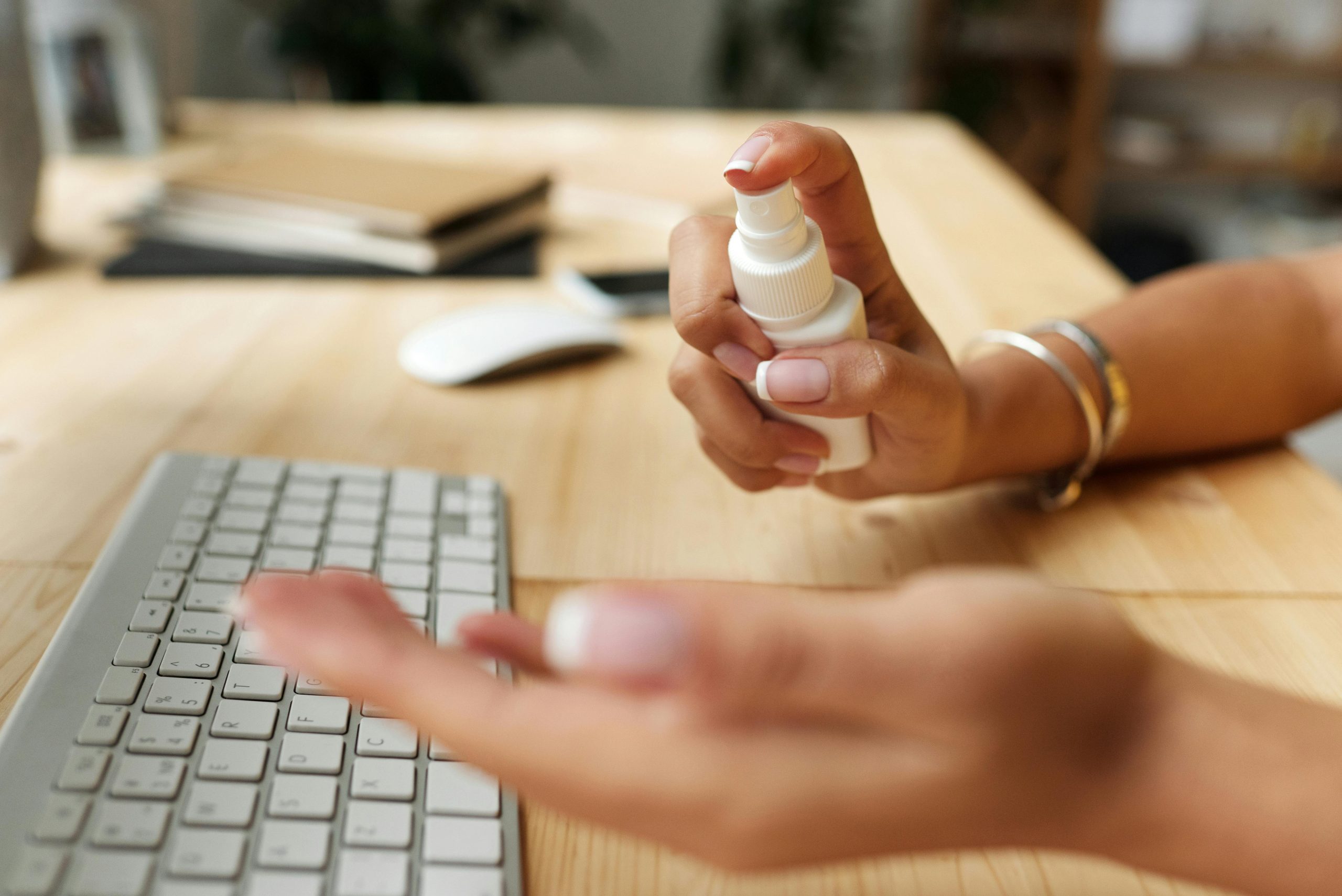What to Do When You Accidental Spray Cleaner on Your Keyboard: A Guide to Assessing and Managing the Situation
Accidents happen, especially when cleaning electronic devices. Recently, I encountered a common but stressful situation: I inadvertently sprayed keyboard cleaner directly onto my laptop’s keyboard instead of applying it onto a cloth. Although I wiped it off immediately, I’m now concerned about potential damage caused by the liquid seeping into the device’s internal components. If you find yourself in a similar situation, here’s a comprehensive overview to help you assess the risks and determine the best course of action.
Understanding the Risks of Liquid Contact with Laptops
Laptops are complex devices with sensitive electronic components beneath the keyboard. When cleaning, the proper method involves using a lightly dampened cloth rather than applying liquids directly. Direct spraying can cause liquid to penetrate beneath keycaps and into internal circuitry, potentially leading to corrosion, short circuits, or hardware malfunction.
Key concerns include:
- Liquid seepage beneath keycaps
- Damage to the motherboard or internal circuits
- Long-term corrosion if the liquid contacts the electronics
Immediate Steps After Accidental Spraying
-
Power Off and Disconnect:
If your device is still on, shut it down immediately. Disconnect it from power sources and external peripherals to minimize the risk of electrical short circuits. -
Wipe Excess Liquid Gently:
Use a soft, lint-free cloth to blot and absorb as much of the liquid as possible. Avoid rubbing, as this can push the liquid further into the device. -
Do Not Attempt to Turn It On:
Refrain from powering on the device until you are confident it is dry and safe. -
Allow Time to Dry:
Let the device sit in a well-ventilated, dry area for at least 24-48 hours. Some recommend placing the device in a container with silica gel packets or uncooked rice to aid in moisture absorption.
Evaluating Potential Damage
Since you mentioned not having a keycap remover, inspecting beneath the keys directly can be challenging. However, here are some tips:
-
Check for visible residue or sticky keys:
If some keys feel sticky or are unresponsive, it might indicate moisture ingress. -
Observe device behavior:
When you eventually power it on, watch for erratic behavior, strange sounds, or display issues.
Common Myths and Real Risks
- **“
Share this content:



